Every living thing on earth needs a name to identify it. There are many common names for animals (almost a different in every language) so that gets confusing quickly. For example, the house sparrow is called Haussperling, Town sparrow, Huismossie, Domovoy Vorobey, 家麻雀, Gorrión común, and so on. The Swedish biologist Carl Linnaeus solved this problem in 1753 by creating a universal code to identify any species.
This code is called binomial nomenclature because it has two parts. The first word is the genus which identifies a group of closely related species, the second word is to distinguish a particular species. This combination is unique for each living organism. Latin was the language of science in Europe at the time, which is why most of the words are Latin (though Greek is also used). The species name is always italicized when it appears in text. The genus name is capitalized while the species name isn’t. For example, the human species is called Homo sapiens.

The endings for the names are specific to gender, for example –us is masculine, -a is feminine, and –um is neutral. The suffix –is can be masculine or feminine and –e is neutral. Endings might vary around a core word. Therefore, actual species names may be a bit different from the forms listed below. Sometimes the words can be used on their own or as a prefix/suffix.
Whoever names a species (usually a biologist or scientist) can decide what they would like to name it. The most typical names are where the species originates from, a trait, a person, or miscellaneous origins.
Where they come from
One common way to name a species is by where they are found. This is, of course, an important trait that can differ between members of a genus.
Country/Continent
Often species are named after the country/continent that they come from. Some are self-explanatory, like africanus, brasiliensis, europaeus, madagascariensis, and americanus. Some are a little less intuitive, such as indicus referring to species from India, japonica and nipponensis to Japan, and sinensis and chinensis to species from China. Aedes aegypti is the yellow fever mosquito from Egypt. Species can also be named after a more local area, such as a river, cave, or town.
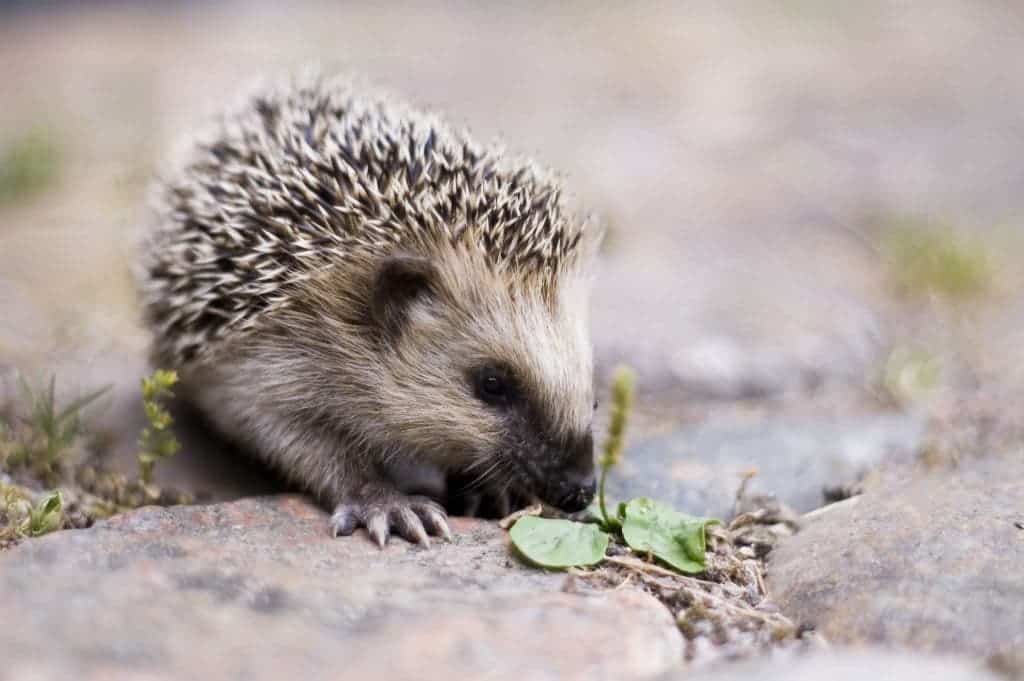
Habitat
Living organisms could also be named for the habitat that they are from.
agrestis: from the field
alpinus: from the alps or alpine region
aquaticus: found near water
arena: having to do with sand
hali-, halio-: related to the sea or salt
hortensis: from the garden
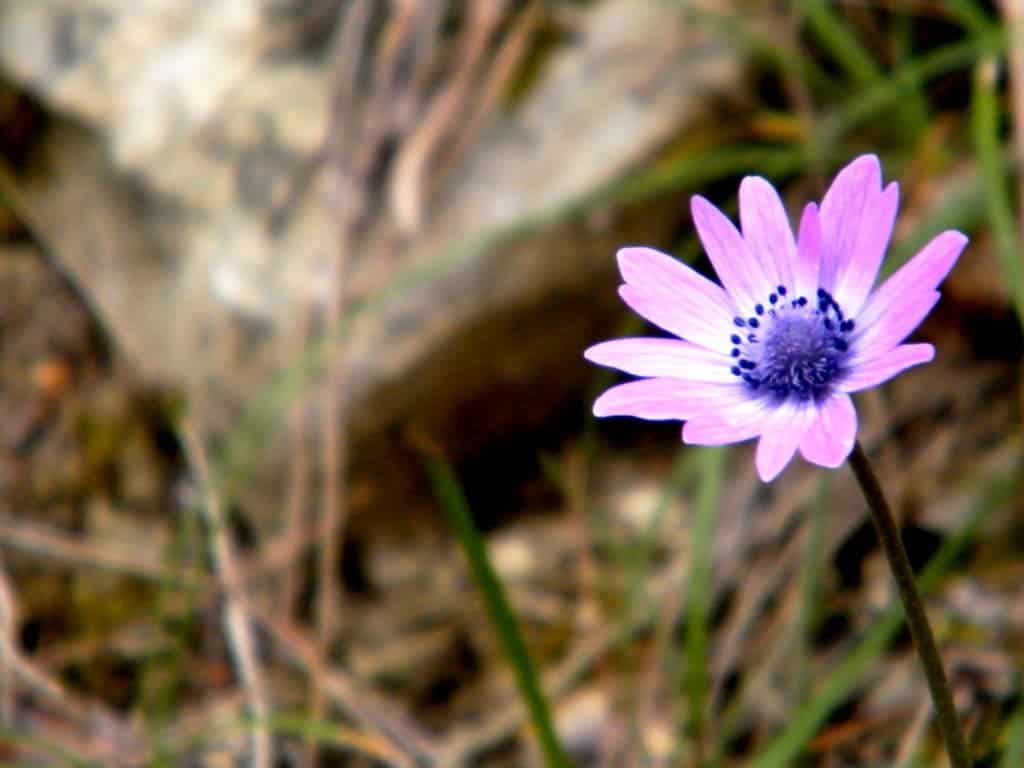
pallidus: from the marsh
silvestris: from wood or the forest
domesticus: from the house, domestic
troglodytes: a cave dweller
tropicalis: from tropical regions
Direction
Additionally, species can be named after a cardinal direction that they are found in. Borealis refers to the north, while australis or notos- refers to the south. Occidentalis refers to the west while orientalis refers to the east.
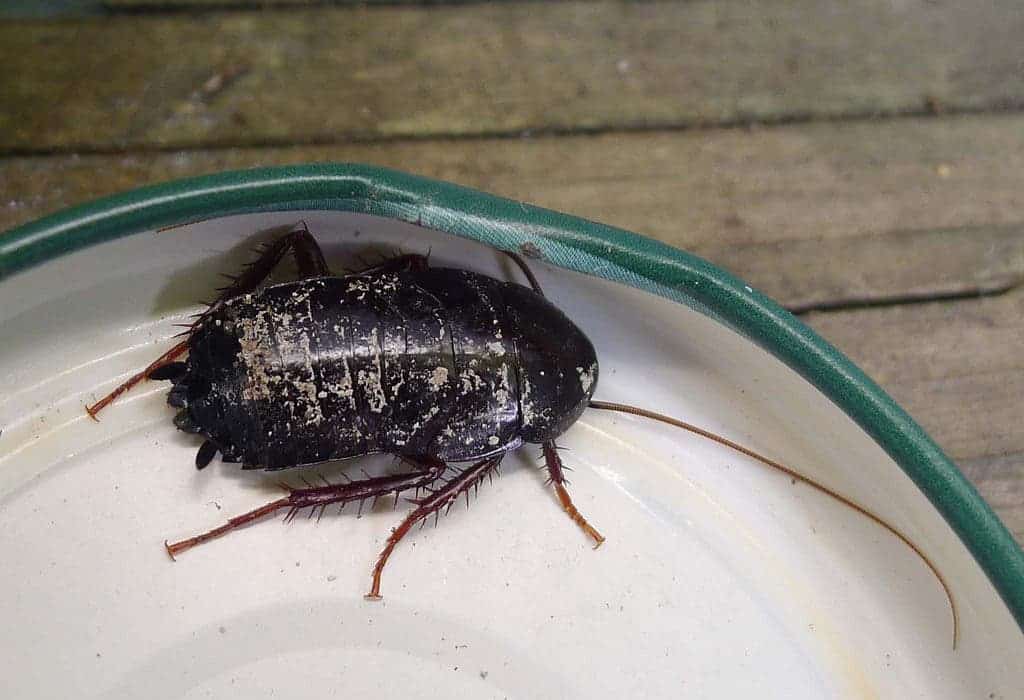
A notable characteristic
One of the most common ways to name a species is based on some special characteristic that they have. For example, their colour, size, shape, or anything else that is noteworthy. They are many different possibilities and combinations, so here are a few of the most common.
Colour
Pigmentation is distinctive and can often be used. Interestingly, many of the names for colours in Latin aren’t so similar to their English counterparts, though some you may know from other languages or names.
albus: white
argentum: silver (you might know this from argent in French)
aurantius, aurantiacus, cirrhus: orange
aureus: gold
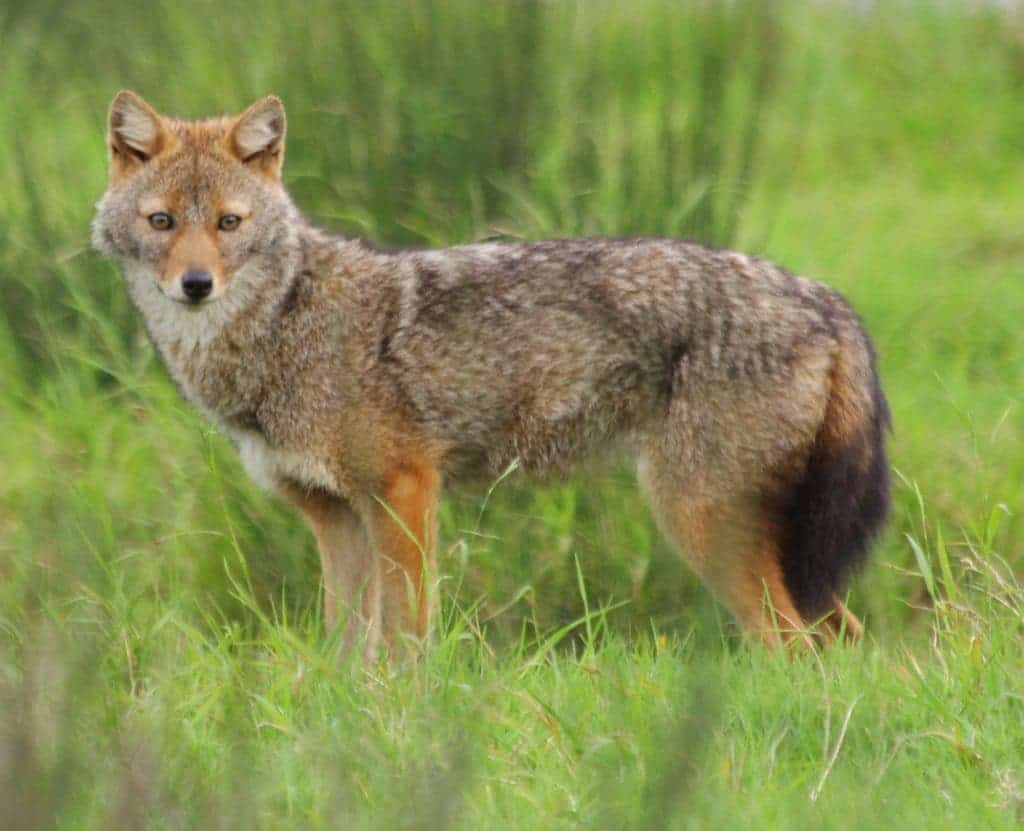
caeruleus: blue (you might know this from cerulean)
canus: grey
crocos: yellow
cyano: blue-green (you might know this from cyanobacteria)
erythro, ruber, rubr- , rufus: red
flavus: golden, yellow
fuscus: dark-coloured, dark brown
leuco-, leuc-: white (you might know this from leucocytes)
mauro-, melano-, niger: black, dark
purpureus: purple
Size & Shape
The way an organism looks, such as its size or shape can also be a way to distinguish it.
giganteus: giant
parvus, micro: small
tenuis-: thin slender, fine

angustus: narrow
crassus: thick
brachy-, brevi-: short
dolicho: elongated, long
longi-: long
platy-: flat
Other features
There are many different features that can set a species apart. They can have to do with appearance, texture, smell, taste, and so on. There are many, many possibilities so this is just a little taste of what is out there.
lineatus, striatus: striped
barbatus: bearded
brady-: slow
dulcis: sweet
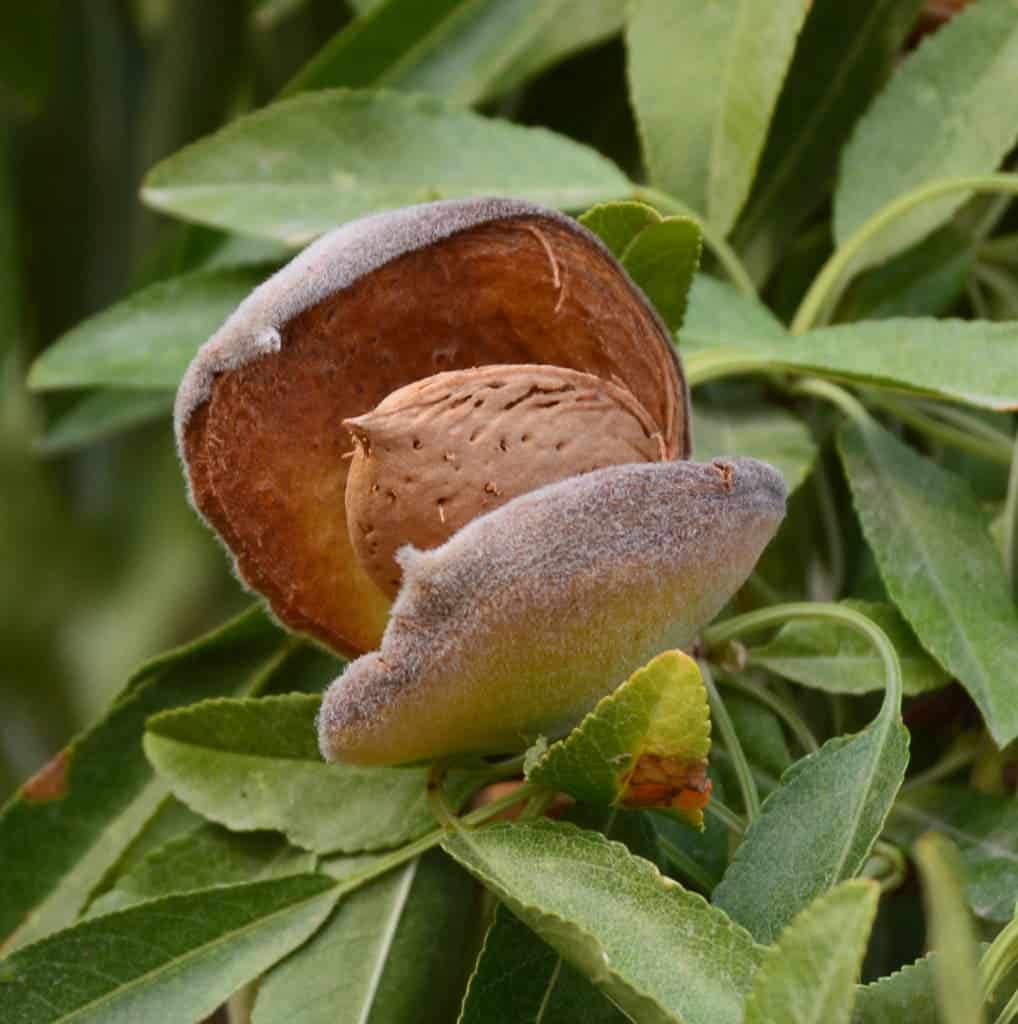
echinatus: prickly
floridus, flor-: flowery
hirsutus: hairy
laevis: smooth
maculatus: spotted
pallidus: pale
virosus: poisonous
volans: flying
mephitis: bad odor

Many of these characteristics can be used in conjunction with a noun to offer more description. For example, it could be used with folium or phyllus which mean leaf, such as Eriophorum angustifolium, narrowleaf cottongrass. Other examples that often have descriptors attached are noton which means back and odon which means tooth.
An important person
Another popular choice to name a species is after a person. Here there is a lot of leeway. It could be the original discoverer of the organism, someone who has contributed a lot in the field, a celebrity, or even a husband/wife or another family member. Sometimes species are named after notable figures due to admiration or resemblance. They can help to attract media attention to the species. For example, a moth was recently named Neopalpa donaldtrumpi because its scales on the top of its head resembled Mr. Trump’s hairstyle. On the other hand, Sir David Attenborough, the naturalist and documentarian, has been honoured with the most species (9) named after him in recognition for his work. They include the plesiosaur, Attenborosaurus conybeari, a wingless beetle Trigonopterus attenboroughi, and the flower genus Sirdavidia.
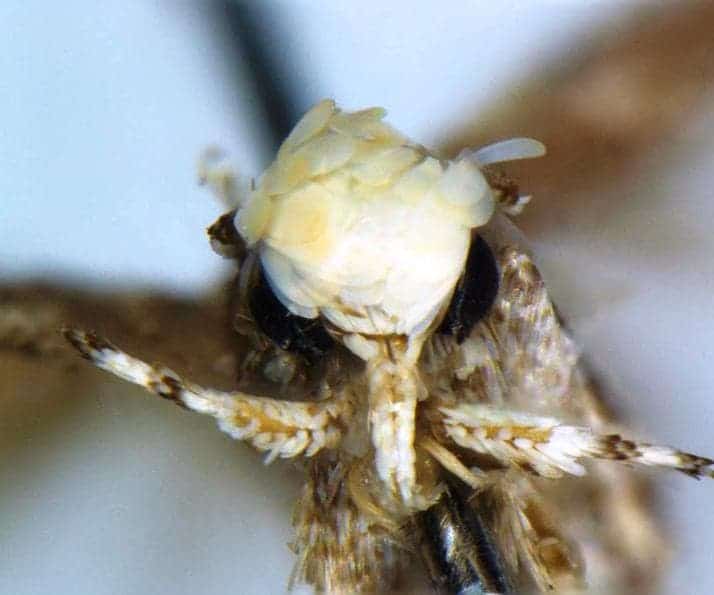
Other
There is an assortment of other types of names that species are given to identify them. Some are simple, and actually their name in Latin, like canis (dog), arctos (bear), corax (crow, raven), ulmus (elm), and felis (cat).
Some organisms are named after mythological figures. For example, one genus of dung beetles is named Sisyphus after a king who was eternally damned in Hades to roll a heavy boulder uphill, to have it roll down every time. The wolf fish (Hoplias curupira) is named after Curupira, a character in Brazilian legends that protects the forest in the form of a small child with feet facing the wrong way so that it is hard to track. The fish got this name because it was extremely difficult to obtain enough material to describe it and it took almost 18 years.

Pop culture can also be inspiring. There are a number of species named after Star Wars and Harry Potter, including a mite with a resemblance to Darth Vader called Darthvaderum greensladeae, and a spider species named after its resemblance to the sorting hat, Eriovixia gryffindori. A crab was named doubley after the fantasy series, Harryplax severus as “an allusion to a notorious and misunderstood character in the Harry Potter novels, Professor Severus Snape, for his ability to keep one of the most important secrets in the story, just like the present new species which has eluded discovery until now, nearly 20 years after it was first collected” as the authors wrote in their paper. A snapping shrimp was named after the rock band Pink Floyd, Synalpheus pinkfloydi, for its loud sound, hot pink claw, and the researchers love for the band. There are other interesting names as well.
These are just a taste of the species names out there, but knowing the meaning or origin of them can help remembering them.



